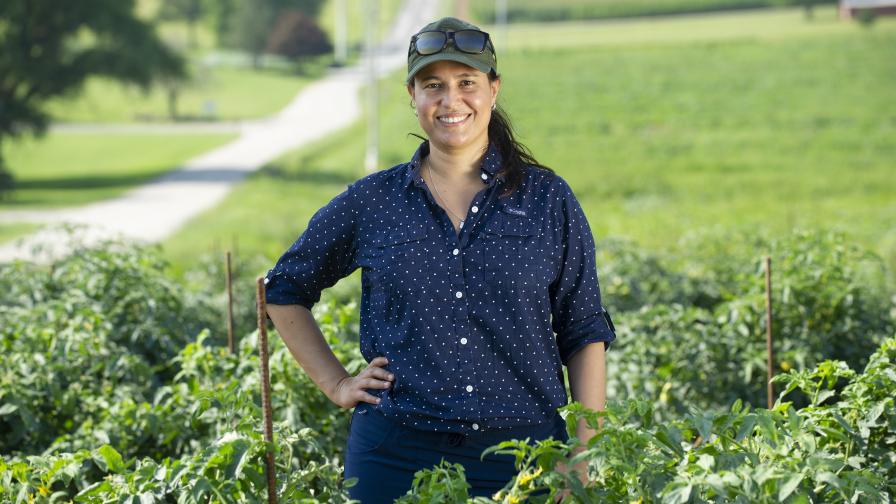Scientists Taking Next Steps To Stop Deadly Citrus Disease
A $1.5 million emergency grant is enabling UC Riverside scientists to find plants impervious to a disease threatening America’s citrus fruit supply.
For these reasons, the National Institute of Food and Agriculture is supporting scientists at UCR, the University of Florida, and USDA’s Agricultural Research Service in their search for plants with natural tolerance to citrus greening disease — also known as Huanglongbing, or HLB. It has crippled Florida’s citrus industry and has already been detected in California, which grows 80% of America’s fresh citrus. An estimated 267,000 acres of Golden State oranges, lemons, grapefruits, and mandarins are at stake.
“If you find a disease affecting your crops, a good first step is to look for plants that are able to grow and produce despite infection,” says UCR geneticist Danelle Seymour. “Then you can start to identify the genetic basis of the disease tolerance and make sure the next generation of plants includes these genes.”
Following this recipe, Seymour and UCR plant pathologist Philippe Rolshausen will examine a set of 350 citrus hybrids developed and grown by project collaborators in Florida. All trees in the set are already infected with HLB, yet they live longer, are healthier, and yield more fruit than their infected relatives.
“The environment in which these plants were grown means we can be confident that these rootstocks will enhance tree health and yield in HLB-affected areas,” Seymour says. “Also, because our data set is so large, we’ve got the opportunity to identify plants with levels of tolerance that exceed current commercial varieties.”
While there are a number of projects searching for different solutions to the threat of citrus greening disease, this project is different because the plants being tested were all grown in an environment endemic to the disease. Additionally, the number of plants they’re able to test is unusually large.
For more details, continue reading at news.ucr.edu.









